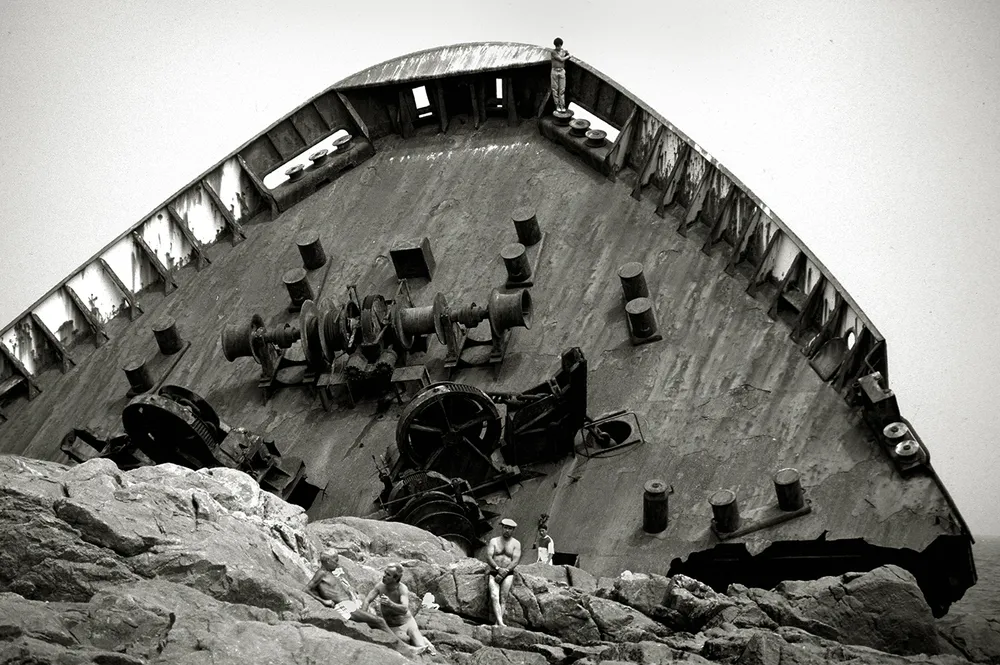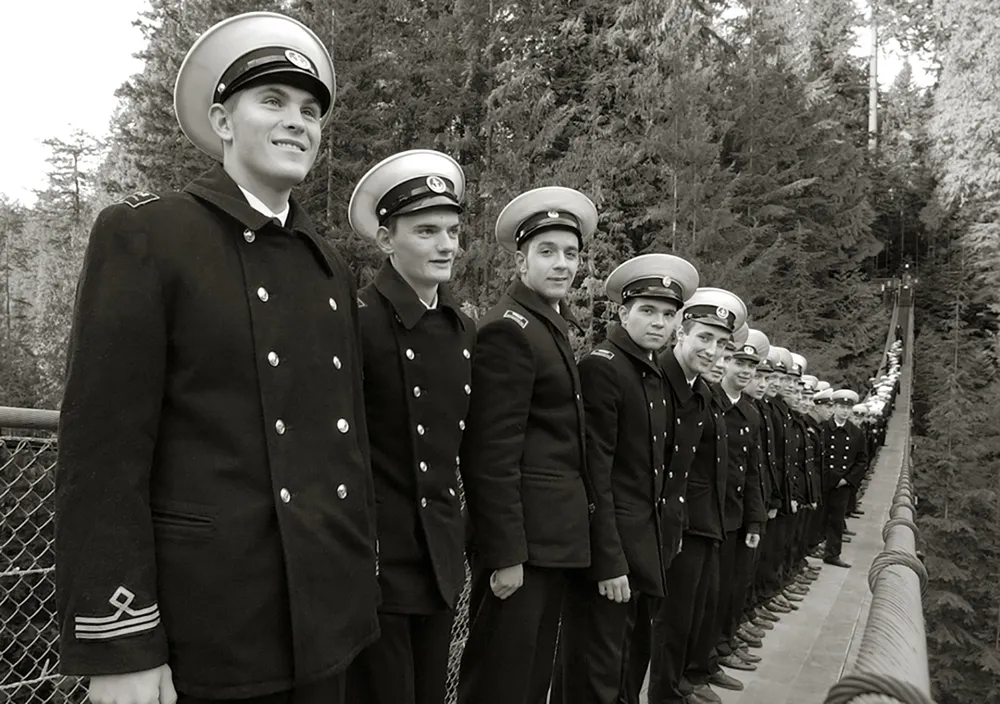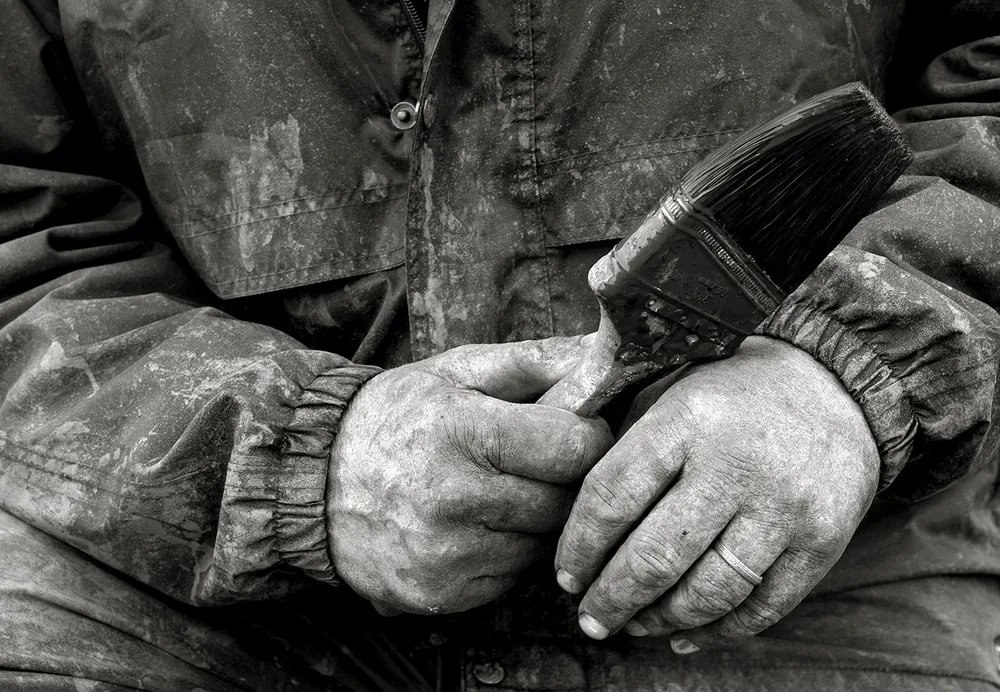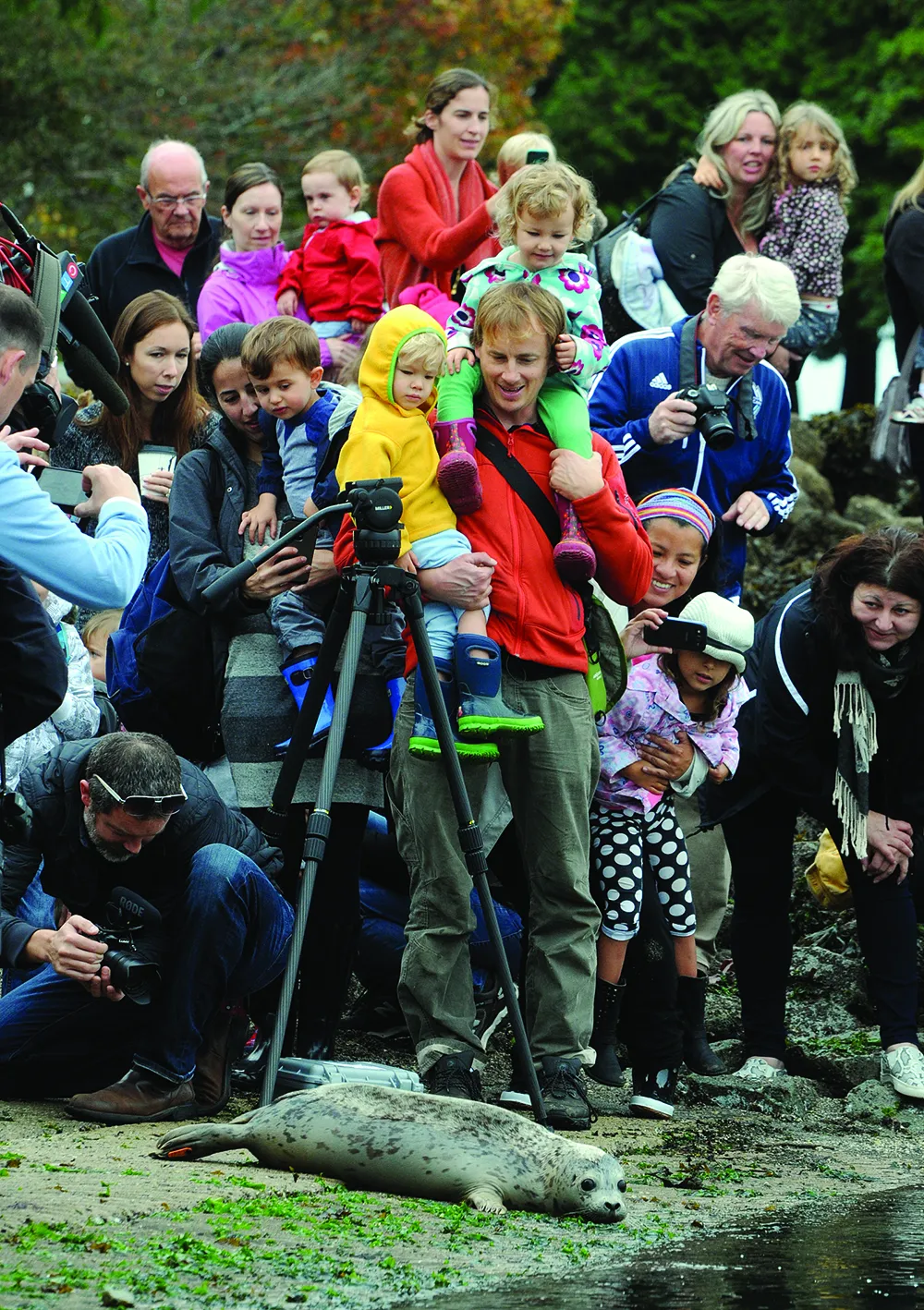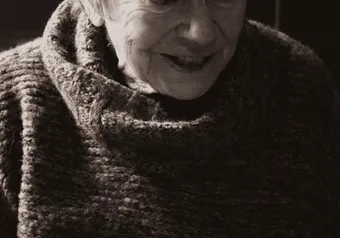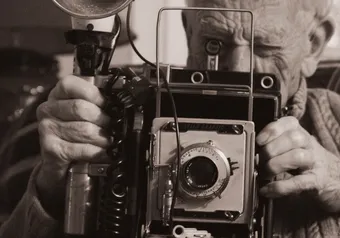“Well, I don’t consider myself a photographer anymore,” said Mike Wakefield, flaunting a big head of garlic he grew in his backyard.
Wakefield, a former photojournalist, moved away from the bustling city of Vancouver and now finds himself nestled in a small, tight-knit community off the coast. He has developed a love for farming in his backyard since he retired from the North Shore News. He went from living a fast-paced life capturing the breaking news of North Vancouver, to a mindful existence as a farmer.
Humble beginnings
Wakefield started his career in the early ‘80s. What became a 37-year-long career in journalism began as an unplanned placeholder. After graduating from Emily Carr University of Art + Design with a degree in sculpture and photography, Wakefield applied to be a darkroom technician at the North Shore News — a decision that catapulted him into the world of truth-seeking.
He didn’t plan to stay at the North Shore News but ended up loving the community enough to work at the paper for almost four decades.
“I can’t think of anything else that I would have [done] other than take photos to illustrate stories,” said Wakefield. “I had been there so long that there was not a day that went by that I did not run into 10 people that I knew. The running joke was I’d been in every other house on the North Shore for some reason.”
“Uhm, so no, I didn’t plan on staying there. I didn’t plan on working there but I’m glad that I did.”
Wakefield emphasized the importance of longevity in relationships and building trust as a photojournalist, recalling an incident when he showed up to the scene of a fire and journalists weren’t allowed to enter. However, when the firefighters scanned the crowd, they asked for Wakefield specifically, ultimately allowing him in to take photos.
He referenced Ralph Bower, a prominent Vancouver photojournalist and Wakefield’s mentor, who taught Wakefield about the “90/10 per cent” rule — 90 per cent of taking a good photo is communicating with the subject, while the other 10 per cent is clicking the button. Before taking a picture, Wakefield said Bower would talk to the subjects and “warm them up.”
In his own career, Wakefield continued this practice, taking the time to get to know the subject before capturing them. Allowing for a sense of genuinity to be fostered between the subject and photographer underscores the need for connection and empathy in journalism. Without this, journalism would be a colourless mosaic: present yet unconvincing.
A journalist’s dilemma
While a journalist may want a picture to be a true representation of reality, there is always a desire for the story to reach a wider audience, which is often more difficult to do without exaggerating certain details that grab people’s attention.
Swiping through headlines without learning anything further has become the norm as people embrace the hustle and bustle of fast-paced life, leaving them without much time to spare. When asked about choosing between an attractive picture or capturing the truth, Wakefield strongly advocated for the latter.
“You can still photograph a tragic incident with a very powerful image that doesn’t show the blood and the gore or jeopardize someone’s situation because of you running that photo,” he said.
A rule he lived by is being a good human first and a photographer second. To maintain a good reputation with the community, journalists have a responsibility to be courteous and respectful. While a problematic photo may get you views, it takes away much more than it gives — it takes away the respect and admiration people have for you, and goes against the very essence of journalism, which is to tell the story as accurately as possible.
Wait... to the left... a bit more there. Got the shot!
Another major component of Wakefield’s work is patience. Having worked with film cameras with limited exposures, Wakefield learned early on to preserve film for the right moment. One would think that with the advent of digital cameras, the importance of patience would fade. Although our willingness to wait has fizzled out, the importance of being patient in order to get the perfect shot remains the same.
With teary eyes, Wakefield reminisced on the best shot he took in his career, titled “Mr. and Mrs. Burton.” Mr. James Burton was a World War 1 veteran — on his 101st birthday, Wakefield was invited to take a picture of him receiving the Order of Canada.
Wakefield had assumed it was going to be a simple picture of Mr. Burton receiving the award. However, before going up the stage, Mr. Burton asked for a picture with his wife, Susan, who was in a nursing home in another wing of the building. Wakefield set up a chair where the lighting was best, and Mr. Burton requested a few minutes to help Mrs. Burton get ready. He combed her hair, and they shared a moment together. The veteran was now ready for the shot, but Wakefield had already taken it — captured in a moment of vulnerability, shared smiles and intense eye contact full of love.
“I get choked up every time I look at it or talk about it,” Wakefield said.
“It was this funny thing of patience, because I was hoping what happened was going to happen. It did, but it took a while and I had to have everything in place. The lighting had to be good. The chair had to be at the right angle. I had to be at a distance that I didn’t feel like I was intruding. So I think in that case, I always look at that as [a shot] where patience and intuition paid off.”
This goes to show a single shot takes more than just clicking a button. It is an amalgamation of patience, intuition and connection. Photojournalists like Wakefield have shaped the histories of the communities they have worked with through their genuine love for art and appreciation for authenticity. He treats his subject as humans, not spectacles — a perspective he advises the upcoming generation of photojournalists to hold on to. It’s easy to take on an assignment, take a picture and get paid, but it’s more difficult to find a sense of human connection in all of those assignments.
Although he doesn’t fully resonate with the title of “photographer” anymore, Wakefield’s work isn’t entirely over. He has a few future projects in mind, like publishing coffee table books, participating in photo talks and continuing to be the remarkable photographer he has always been.
While elaborating on this, he went off-camera for a minute and returned with a fresh garlic head in his hand. As he proudly presented his harvest to the camera, Wakefield humbly declared himself to be a farmer now. Yet, the heart of a photojournalist remains — capturing the essence of life, whether through a lens or a garden.
Wakefield’s works continue to shape journalism in Vancouver. The 25-year-old with a mullet and a small camera might have not realized it at the time, but he was making and preserving history.
This is part of The Ubyssey's 2024 photo issue, Essence.
First online
Share this article



